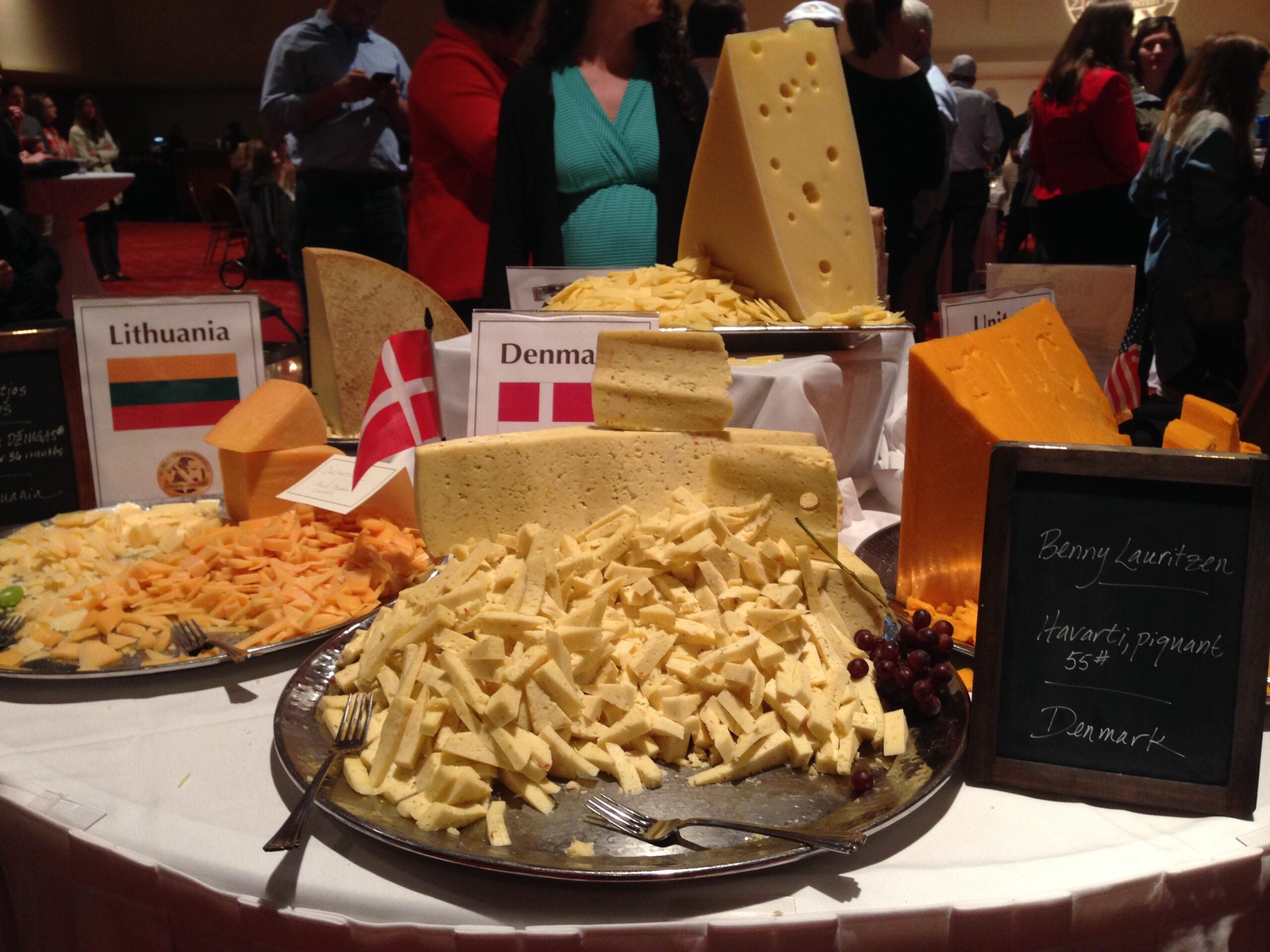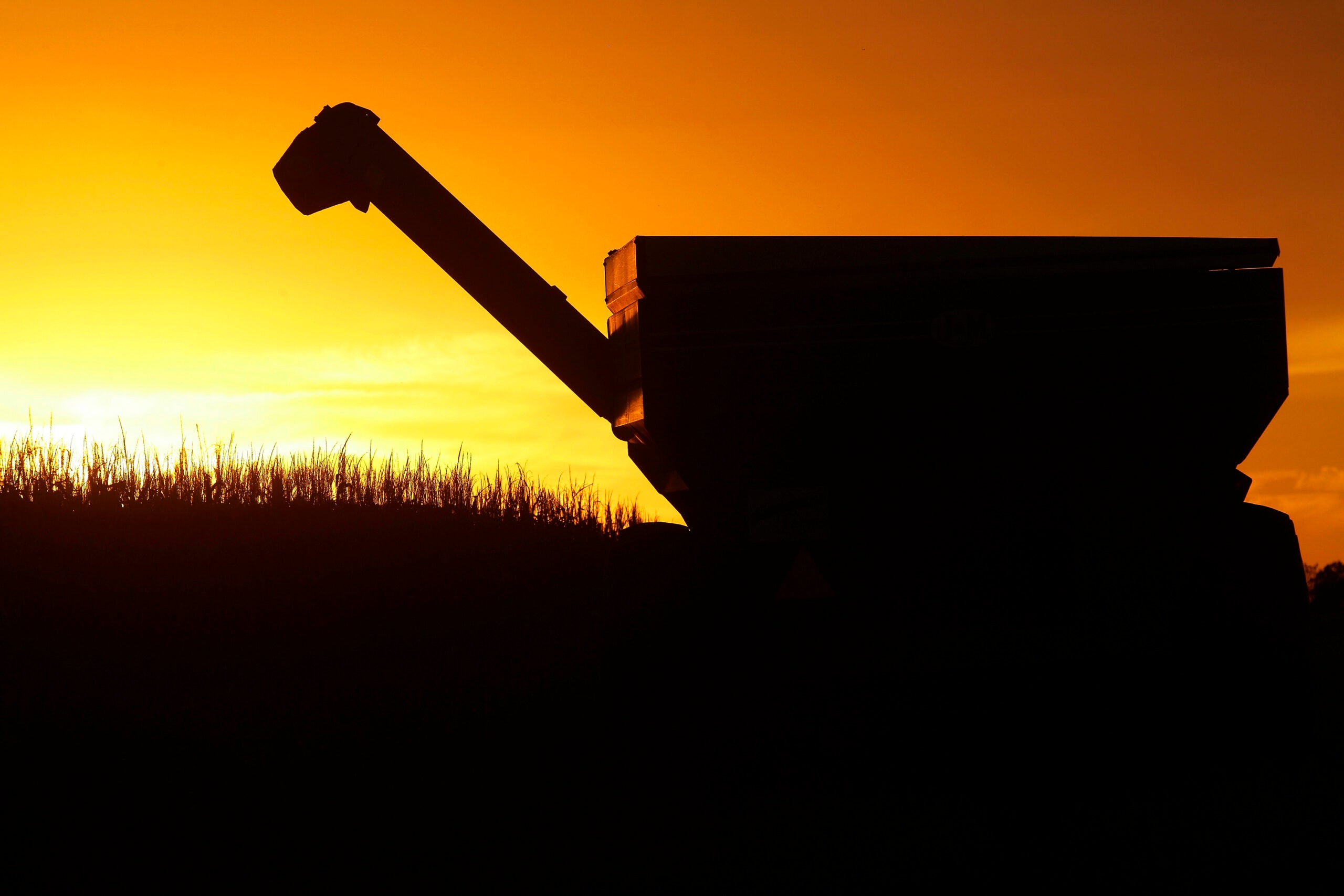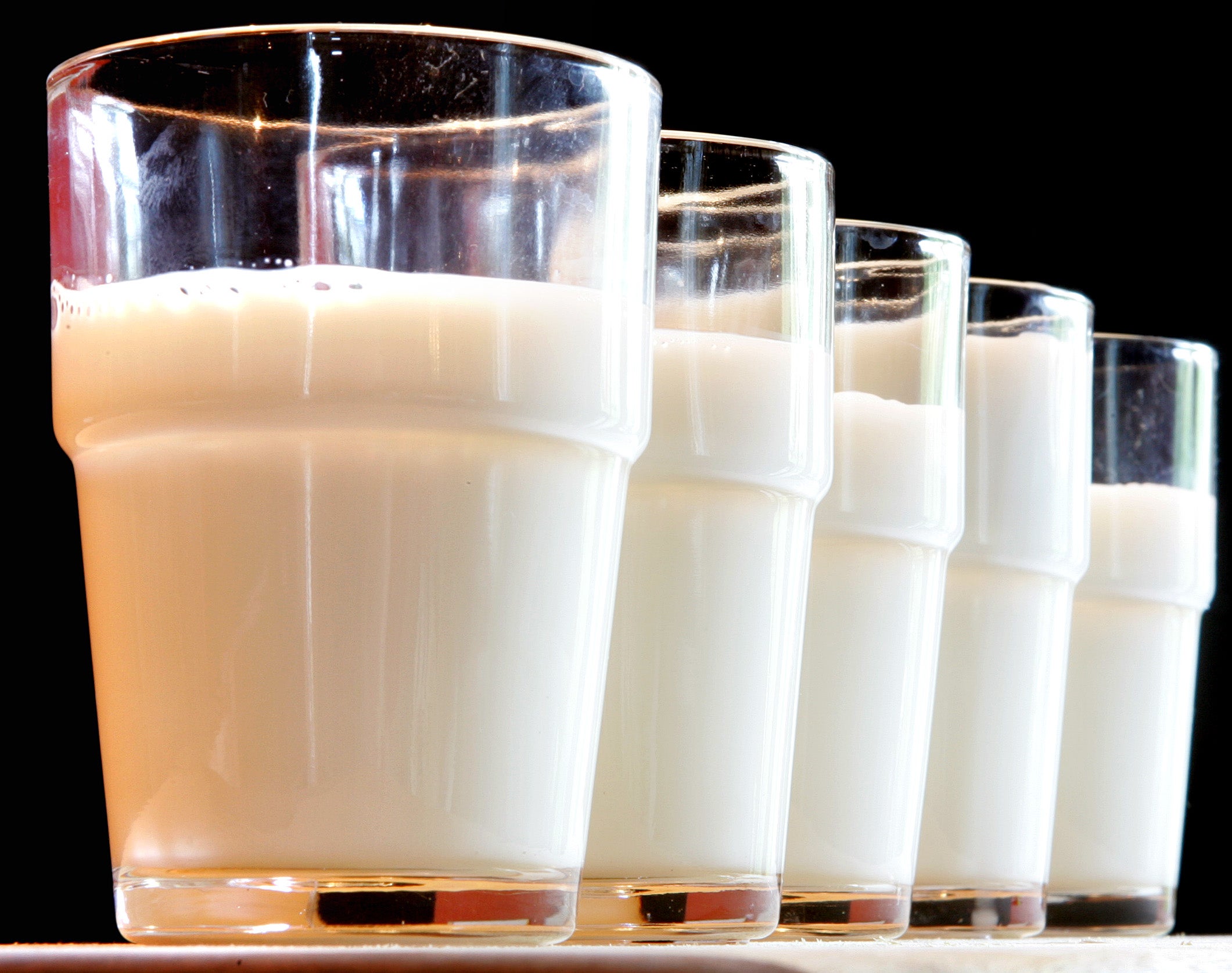Cheese that is being held in storage is at a record high. According to the U.S. Department of Agriculture, refrigerated warehouses are holding the most cheese since 1917, and some reports have referred to this as a cheese crisis or a glut.
Cheese and milk production are up, but groups like with Wisconsin Milk Marketing Board and the Wisconsin Cheese Makers Association report that global demand remains high for Wisconsin cheese.
Cheese is stored in warehouses and in aging caves, but it’s not sitting as long as it may be elsewhere in the U.S. That’s especially true for specialty cheese, like gouda and feta.
Stay informed on the latest news
Sign up for WPR’s email newsletter.
Andrew Westrich, Organic Valley cheese brand manager, said it’s the same for organic cheese.
“It’s a function of more and more consumers are continuing to trade up to organics,” he said. “Organics are becoming more and more of an influence in the mainstream grocery channel and have gotten out of the natural foods and coop sphere of things.”
Westrich said they’re trying to keep up with demand by getting more farmers to transfer their farms to organic, which can take a few years.
And some Wisconsin grocery stores and cheese shops say they aren’t feeling major effects from a nationwide cheese stockpile.
Wisconsin Grocers Association President and CEO Brandon Scholz said prices are a bit lower for consumers, but it’s not having a major impact on retailers who are used to a fluctuating market.
“The groups that are the buyers, that work in retail, that buy cheese from suppliers and they know what’s happened in the past,” he said. “They know the history of pricing and surpluses and what’s coming out of production. They’re looking forward into the next year, those are the folks that have a real, firm grasp on reality in terms of what’s happening.”
Scholz said when there’s an excess of cheap cheese, people start experimenting with other ways to use it, like adding it to a brat.
Wisconsin Public Radio, © Copyright 2024, Board of Regents of the University of Wisconsin System and Wisconsin Educational Communications Board.






